From inside (document excerpt):
STIHL SR 430, 450 Instruction Manual Manual de instrucciones Warning! Read and follow all safety precautions in Instruction Manual improper use can cause serious or fatal injury. Advertencia! Lea y siga todas las precauciones de seguridad dadas en el manual de instrucciones el uso incorrecto puede causar lesiones graves o mortales. Instruction Manual 1 – 46 Manual de instrucciones 47 – 96 English Contents Guide to Using this Manual Safety Precautions and Working Techniques Assembling the Unit Adjusting the Throttle Cable Harness Fuel Fueling Information Before You Start Starting / Stopping the Engine Operating Instructions Metering Unit Dusting and Spreading Mode Calculating Required Quantity of Solution Filling the Container Working After Finishing Work Storing the Machine Engine Management Replacing the Air Filter Adjusting the Carburetor Spark Plug Engine Running Behavior Replacing the Starter Rope and Rewind Spring Inspections and Maintenance by Dealer Maintenance and Care Main Parts Specifications Special Accessories Maintenance and Repairs STIHL Incorporated Federal Emission Control Warranty Statement STIHL Incorporated California Exhaust and Evaporative Emissions Control Warranty Statement Trademarks 41 Allow only persons who fully understand this manual to operate your mistblower.
To receive maximum performance and satisfaction from your STIHL mistblower, it is important that you read and understand and follow the maintenance and safety precautions in chapter “Safety Precautions and Working Techniques ” before using your mistblower. For further information you can go to www.stihlusa.com. Contact your STIHL dealer or the STIHL distributor for your area if you do not understand any of the instructions in this manual. Warning! Because a mistblower is a power tool for spraying chemicals, some special safety precautions must be observed as with any other power tool to reduce the risk of personal injury. Careless or improper use may cause serious or even fatal injury. Original Instruction Manual 41 43 45 ANDREAS STIHL AG & Co. KG, 2010 0458-454-8621-B. M1.A10.MET. 0000002257_002_GB Printed on chlorine-free paper Printing inks contain vegetable oils, paper can be recycled. { SR 430, SR 450 1 English Guide to Using this Manual Pictograms All the pictograms attached to the machine are shown and explained in this manual. Symbols in Text Many operating and safety instructions are supported by illustrations. The individual steps or procedures described in the manual may be marked in different ways: N A bullet marks a step or procedure without direct reference to an illustration. Warning! Indicates a hazardous situation which, if not avoided, could result in severe or fatal injury. Caution! Indicates a risk of property damage, including damage to the machine or its individual components. Engineering Improvements STIHL’s philosophy is to continually improve all of its products. As a result, engineering changes and improvements are made from time to time. Therefore, some changes, modifications and improvements may not be covered in this manual. If the operating characteristics or the appearance of your machine differ from those described in this manual, please contact your STIHL dealer for assistance. Safety Precautions and Working Techniques Because the mistblower is a power tool for spraying chemicals, special safety precautions must be observed to reduce the risk of personal injury. It is important that you read, fully understand and observe the following general safety precautions and warnings. Read the instruction manual and the safety precautions periodically. In addition, read and follow the chemical manufacturer’s instructions for the chemical products being applied. Since such products may vary greatly in handling/application requirements and risks, the product label is normally your best guide for safe and effective use. Use your power tool for spraying chemicals and other liquids to control pests and weeds in fruit, flower and vegetable gardens, on trees and bushes and on other plants, such as coffee, tobacco and cotton. It is also useful in the maintenance of young trees for, e.g., controlling the bark beetle and other pests and plant diseases.


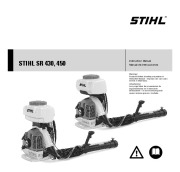 STIHL Owners Manual - Enlarge page 1 of 100
STIHL Owners Manual - Enlarge page 1 of 100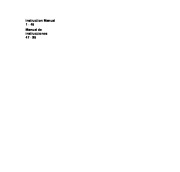 2 of 100
2 of 100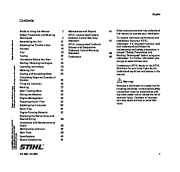 3 of 100
3 of 100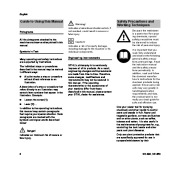 4 of 100
4 of 100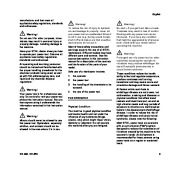 5 of 100
5 of 100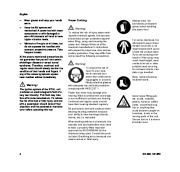 6 of 100
6 of 100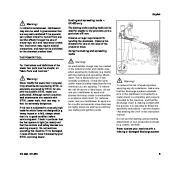 7 of 100
7 of 100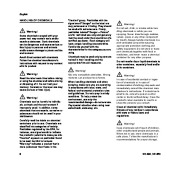 8 of 100
8 of 100 9 of 100
9 of 100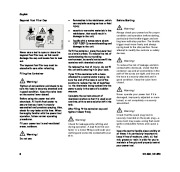 10 of 100
10 of 100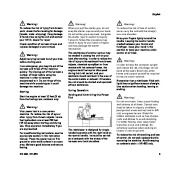 11 of 100
11 of 100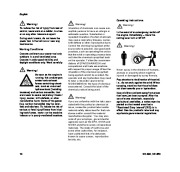 12 of 100
12 of 100 13 of 100
13 of 100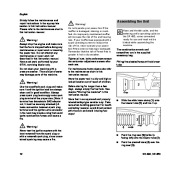 14 of 100
14 of 100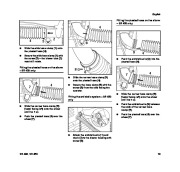 15 of 100
15 of 100 16 of 100
16 of 100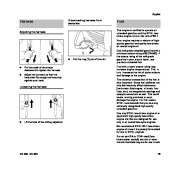 17 of 100
17 of 100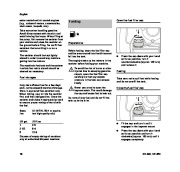 18 of 100
18 of 100 19 of 100
19 of 100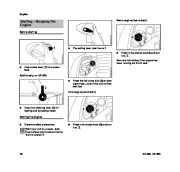 20 of 100
20 of 100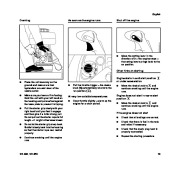 21 of 100
21 of 100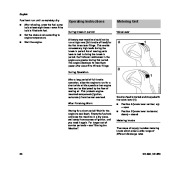 22 of 100
22 of 100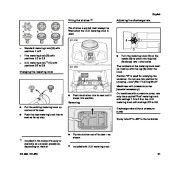 23 of 100
23 of 100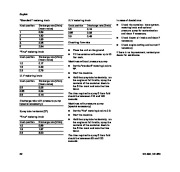 24 of 100
24 of 100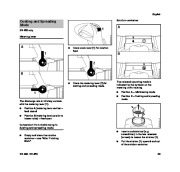 25 of 100
25 of 100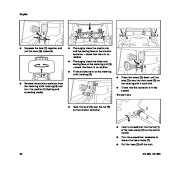 26 of 100
26 of 100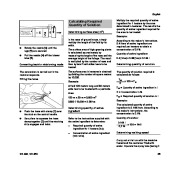 27 of 100
27 of 100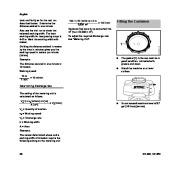 28 of 100
28 of 100 29 of 100
29 of 100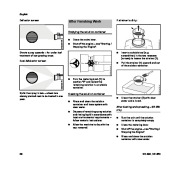 30 of 100
30 of 100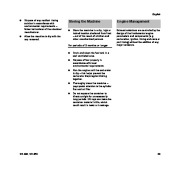 31 of 100
31 of 100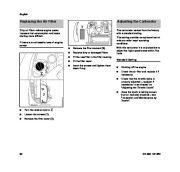 32 of 100
32 of 100 33 of 100
33 of 100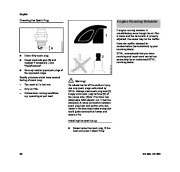 34 of 100
34 of 100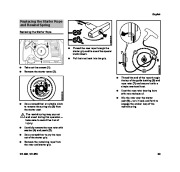 35 of 100
35 of 100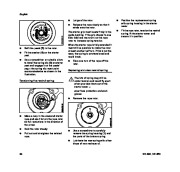 36 of 100
36 of 100 37 of 100
37 of 100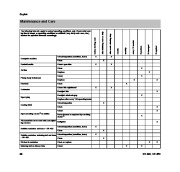 38 of 100
38 of 100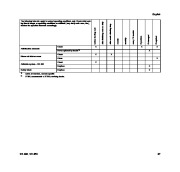 39 of 100
39 of 100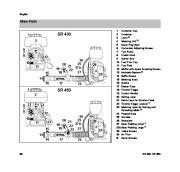 40 of 100
40 of 100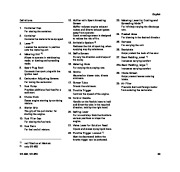 41 of 100
41 of 100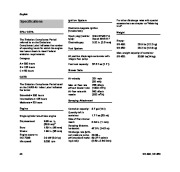 42 of 100
42 of 100 43 of 100
43 of 100 44 of 100
44 of 100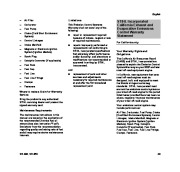 45 of 100
45 of 100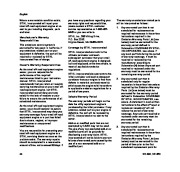 46 of 100
46 of 100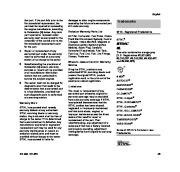 47 of 100
47 of 100 48 of 100
48 of 100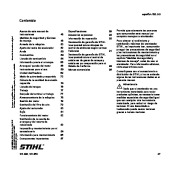 49 of 100
49 of 100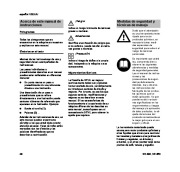 50 of 100
50 of 100